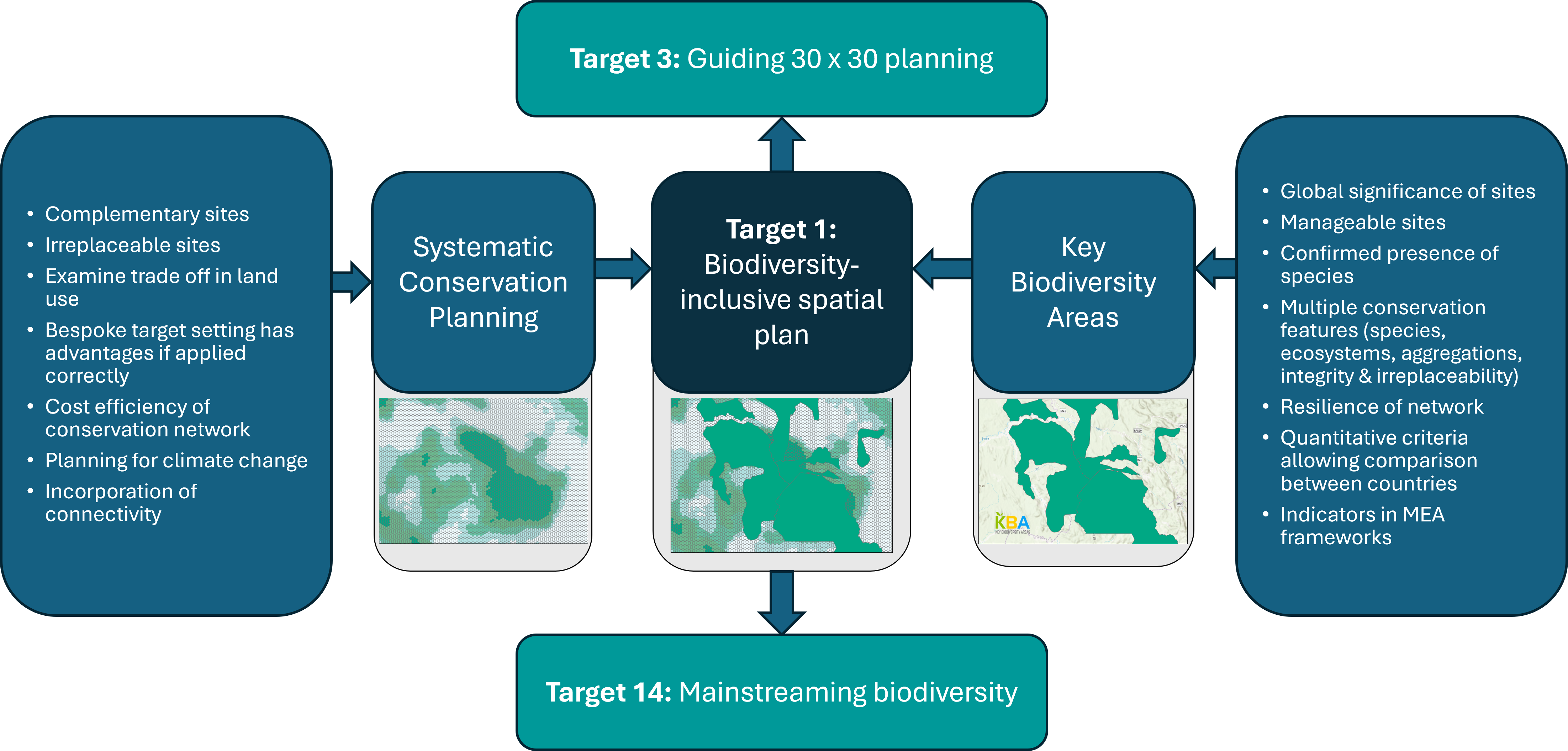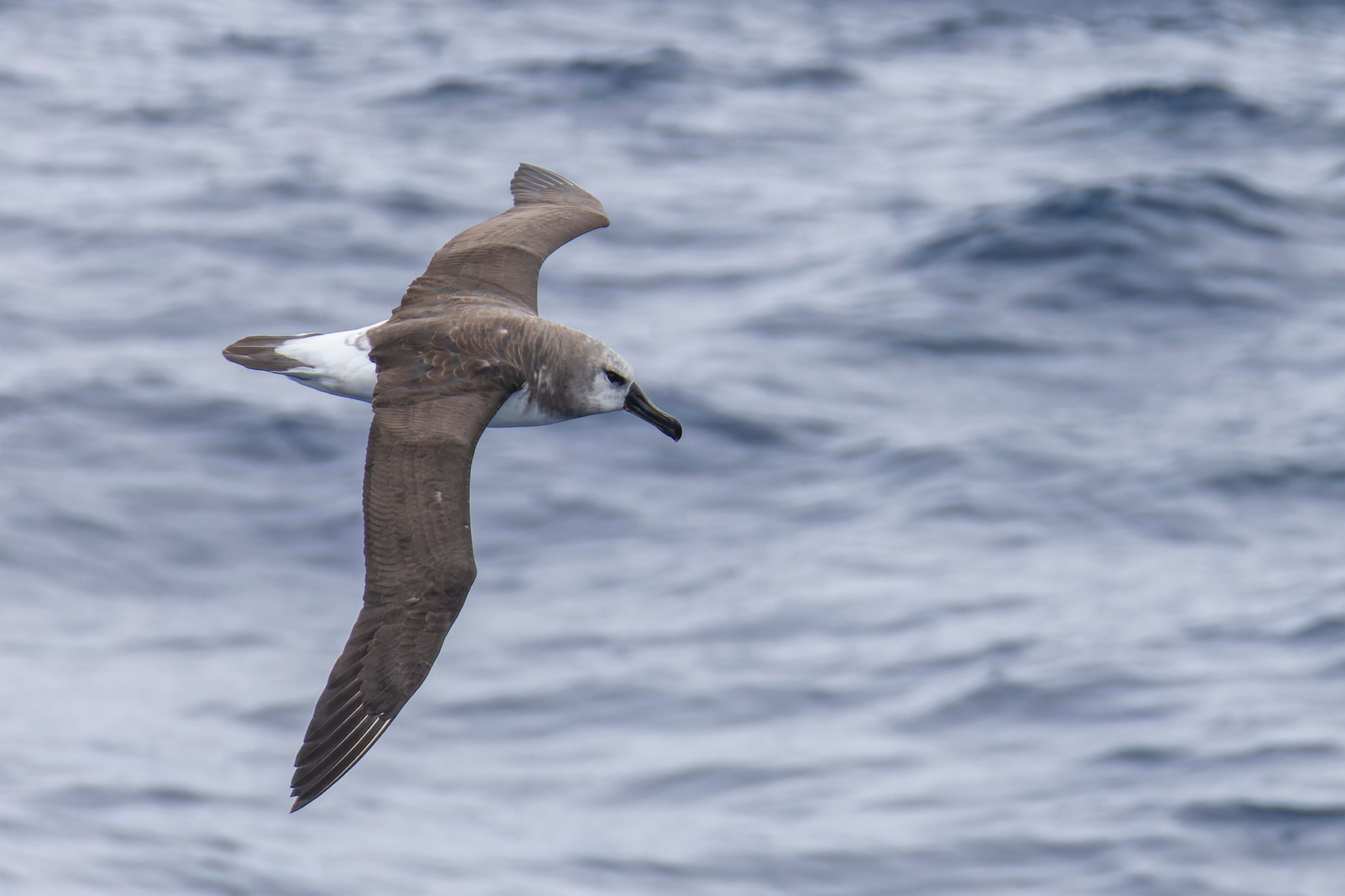KBA Annual Report for 2022 released
October 2023
The recently released Annual Report 2022 of the Key Biodiversity Areas (KBA) Programme showcases the significant progress made in identifying and conserving globally important sites for biodiversity.
The recently released Annual Report 2022 of the Key Biodiversity Areas (KBA) Programme showcases the significant progress made in identifying and conserving globally important sites for biodiversity. Led by 13 conservation organizations, the KBA Programme aims to support countries in their efforts to protect these crucial areas. Here are some of the key topics covered in the report.
Kunming-Montreal Global Biodiversity Framework
In December 2022, negotiations on the Kunming-Montréal Global Biodiversity Framework (GBF) concluded with the establishment of four long-term goals for 2050 and 23 targets for 2030, all aimed at urgently addressing and reversing biodiversity loss. Key Biodiversity Areas (KBAs) play a crucial role in several of these targets, notably in spatial planning, restoration, expanding protected areas to cover 30% of land and seas, and species conservation and are indicators for each of these targets.
KBAs can guide where 30 x 30 occurs
The Kunming-Montréal Global Biodiversity Framework (GBF) has set the ambitious Target 3, aiming to conserve at least 30% of terrestrial, inland water, coastal, and marine areas by 2030, especially those of significant importance for biodiversity and ecosystem functions. However, the lack of a clear definition for "areas of particular importance for biodiversity" has led to inconsistent application worldwide, hindering effective comparisons and undermining the quality of protected areas. KBAs provide one of the best tools for identifying these areas.
Tools to support KBA identification
Thanks to grants from the Bezos Earth Fund and the Garfield Weston Foundation, BirdLife International has undertaken significant improvements to the World Database of Key Biodiversity Areas (WDKBA). The database has been transitioned to a new platform with enhanced features such as the ability to query and download specific data subsets, facilitating further analysis by the scientific and conservation community. Also, the Key Biodiversity Areas (KBA) training efforts have seen significant expansion and improvement. Training materials have been updated, including specific content for sites of outstanding ecological integrity, and several webinars have been conducted to explain the KBA proposal system and review processes.
Identification of Key Biodiversity Areas in the United Arab Emirates
The IUCN Regional Office of West Asia, in collaboration with the UAE Ministry of Climate Change and Environment (MoCCaE), has completed a comprehensive review of the Key Biodiversity Areas (KBAs) in the UAE. Through consultation with experts and stakeholders, nine sites were identified as Global KBAs, increasing the total number of KBAs in the UAE to 14, with an additional five sites as Regional KBAs.
Growing numbers of KBA National Coordination Groups
By the end of 2022, 24 countries had established Key Biodiversity Area National Coordination Groups (KBA NCGs), with 10 new countries joining those established in 2021. Another 11 countries are in the process of establishing KBA NCGs, including five in Europe with Biodiversa funding. While the formation of these groups requires time and resources, it proves valuable as they play essential roles in promoting KBAs within their respective countries, contributing to site monitoring and long-term conservation efforts, and advocating for their recognition in national policies and legislation.
Canada’s Indigenous peoples supporting KBA identification
The Canadian KBA Coalition, led by organizations like WCS Canada, Birds Canada, and NatureServe Canada, has identified over 950 candidate Key Biodiversity Areas (KBAs) in Canada, with 80 already on the Canadian KBA registry. Recognizing that all KBAs in Canada are on Indigenous territories, the coalition places great importance on ensuring meaningful engagement and collaboration with Indigenous Peoples in the KBA identification process.
Bezos Earth Fund Support to the KBA Programme
The Bezos Earth Fund's $5 million USD grant to BirdLife International for the KBA Partnership in 2022 is supporting comprehensive assessments of Key Biodiversity Areas (KBAs) in the Andean nations of Bolivia, Colombia, Ecuador, and Peru, as well as in the Congo Basin countries of the Democratic Republic of Congo, Gabon, and Republic of Congo. This support has facilitated the establishment of KBA National Coordination Groups in these seven countries, involving governmental representatives, protected area authorities, scientific institutions, and conservation organizations. They are working to complete assessments of their KBAs by the end of 2023.
Increasing use of KBAs by the Private Sector
Private sector companies are facing increasing pressure to disclose their impacts on nature, aligning with Target 15 of the Kunming-Montréal Global Biodiversity Framework. This target urges companies to regularly monitor, assess, and transparently disclose their risks, dependencies, and impacts on biodiversity throughout their operations, supply chains, and portfolios. To aid in this, services leveraging Key Biodiversity Area (KBA) data are offered through the Integrated Biodiversity Assessment Tool (IBAT), enabling companies to assess their biodiversity-related exposure and risks.
Conserving threatened KBAs
The KBA Programme's 'Red Flag Working Group' plays a crucial role in responding to major threats facing Key Biodiversity Areas (KBAs). In 2022, the group addressed 10 significant threats to KBAs, prioritizing cases with active local partners seeking international support where such assistance could substantially contribute to local efforts.
The Annual Report 2022 of the KBA Programme provides valuable insights into the progress made in identifying and conserving globally important sites for biodiversity.


